The Quiet Trend Of New Mechanical Keyboard Switches In New Places
Sometimes it’s almost impossible to miss a tech trend (see “VR, 2016”), but others sort of gently creep into view. Such is the case with the growing prevalence of new types of mechanical switches on laptops and slim keyboards.
For a time, MSI was the only laptop maker (that we're aware of) wading into these waters, with the GT80S Titan SLI and its Cherry MX Brown switches, but we’re starting to see more laptops serving gamers’ desire for mechanical keyboard switches, as well as some super-slim mechanical keyboards and ever-shorter switches to accommodate them.
Laptops
We saw at least three laptops sporting mechanical keyboard switches at CES 2017. MSI’s just-announced GT83VR Titan SLI comes with Cherry’s MX Speed switches, which offer a reduced actuation point and shallower travel compared to standard mechanical switches, and Acer’s beastly Predator 21x, with its “everything but the kitchen sink” concept, has Cherry MX RGB Brown switches on board.
Although no one would confirm which switches populate the new Gigabyte Aorus X9 gaming laptop--and we weren’t permitted to pop off the key caps-- we do know they aren't Cherry switches. Because Gigabyte made a point of noting how slim the X9 is overall, we infer that they may be equipped with Kailh’s CPG135001DXX laptop switches, which have not just a shallower actuation point and overall travel, but a thinner overall switch housing, which would ostensibly enable the laptop maker to produce a commensurately thinner laptop.
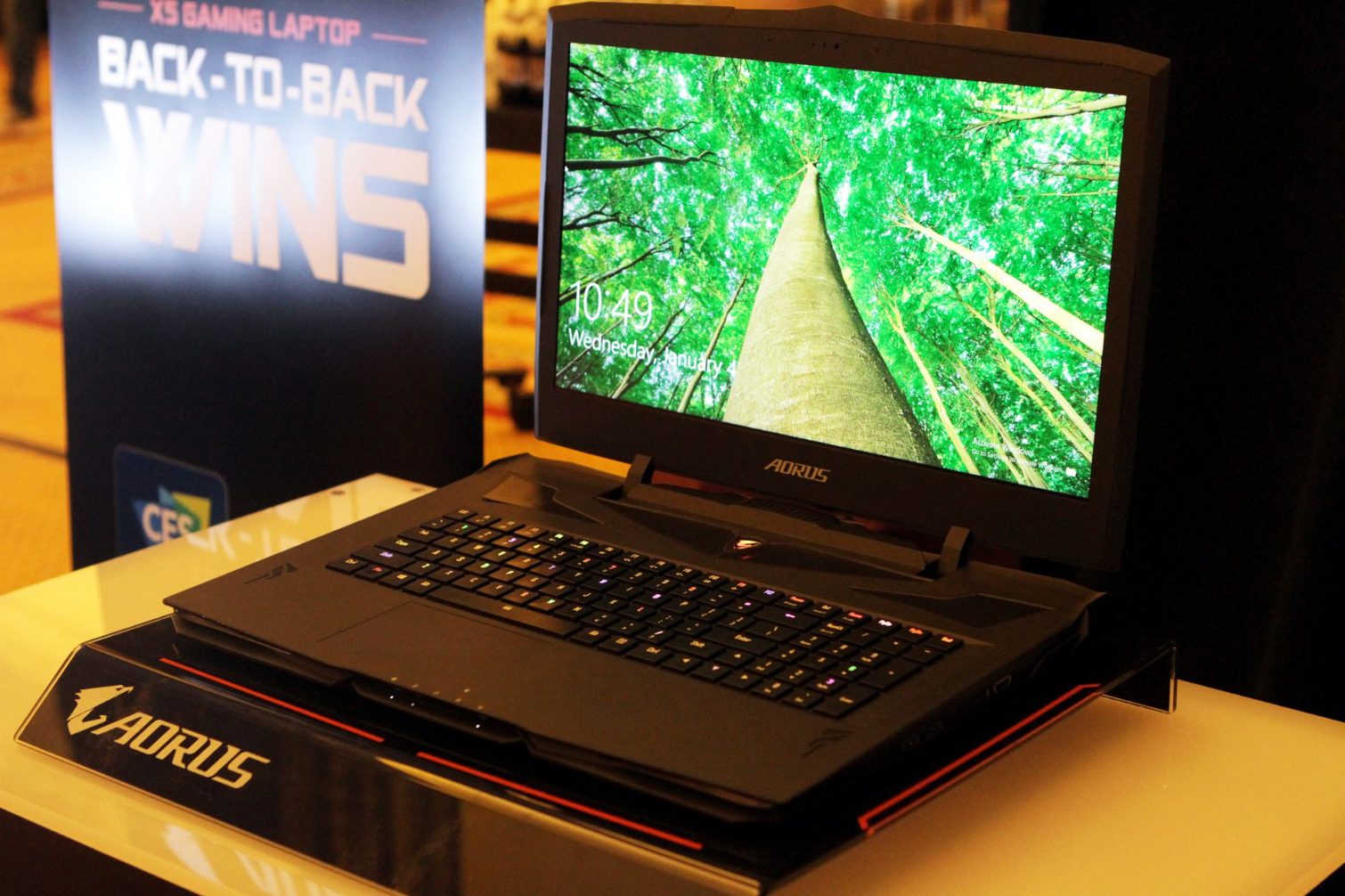
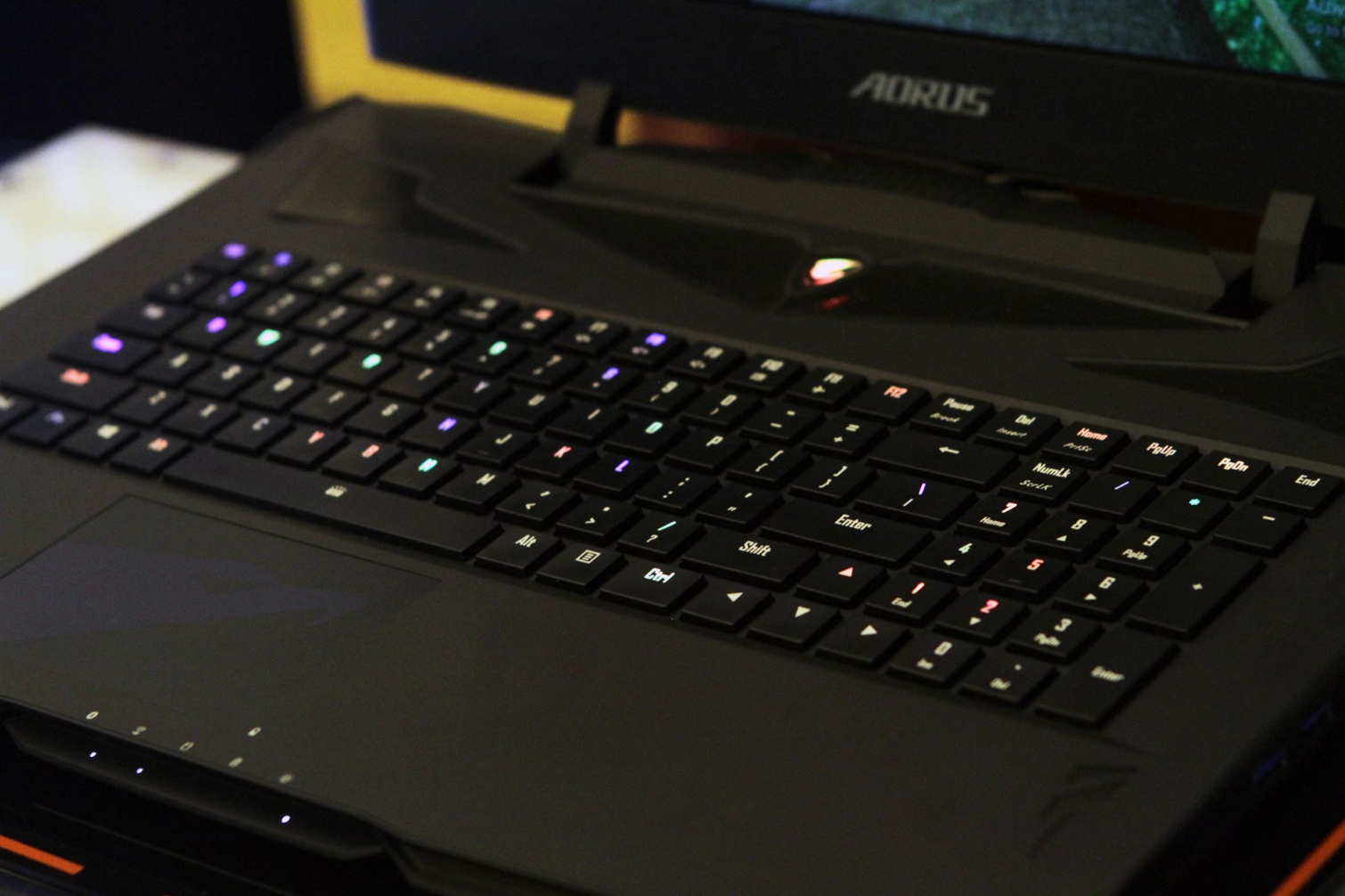
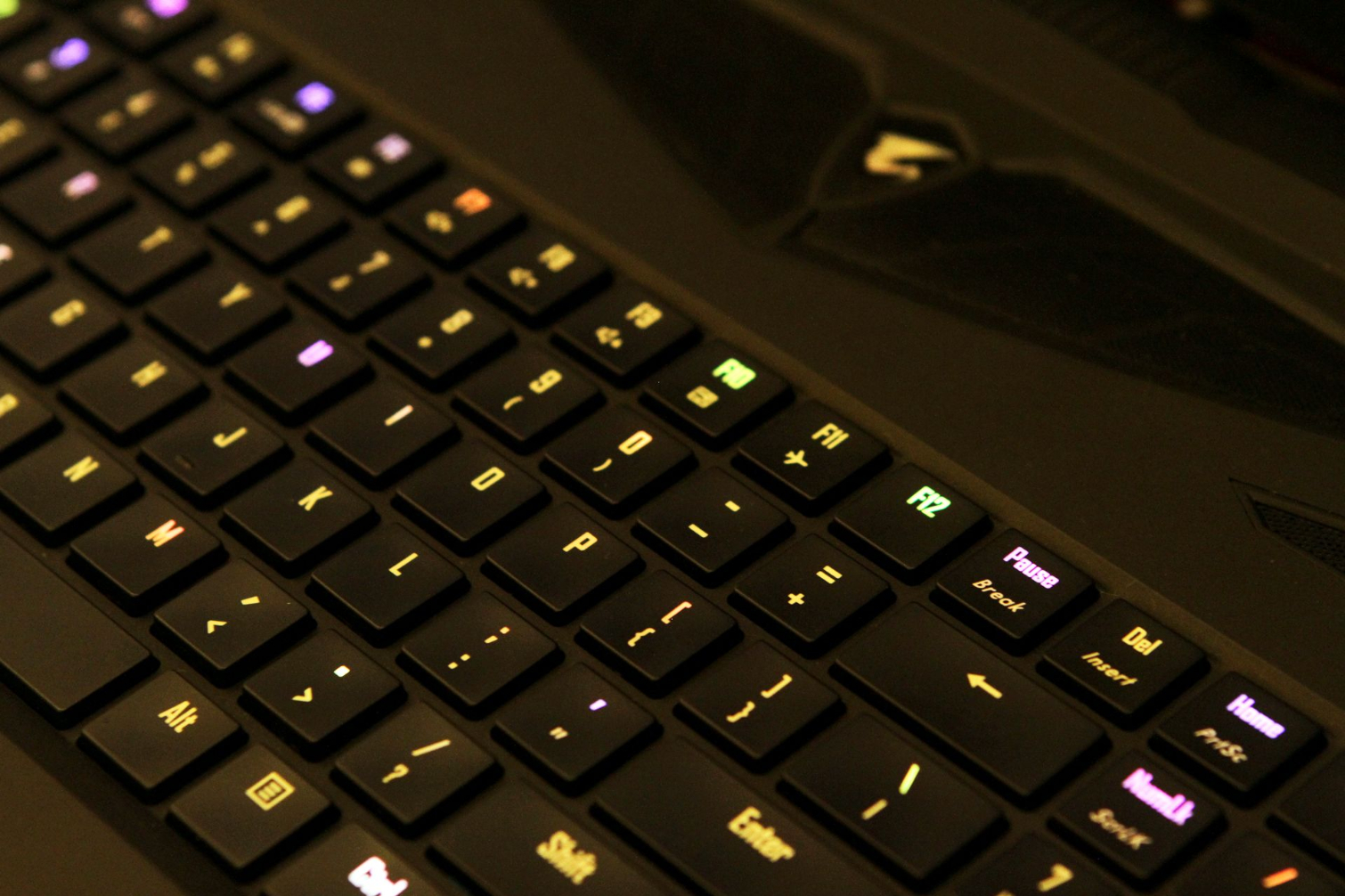
There is also the latest Razer Blade Pro, which sports Razer's Ultra Low Profile Mechanical Switches that have a shallow travel of just 1.6mm. We first saw the switches deployed on a Razer iPad keyboard; we doubt it ever expected to sell of the iPad keyboards in any volume, especially at $170, but it was a way to test consumer interest (and possibly manufacturing) with a low-risk venture. We wouldn't be surprised to see a version of the Razer Deathstalker with these switches on board at some point, too.
Slim Keyboards
On standalone keyboards, expect to start seeing thinner designs enabled by lower-profile mechanical switches and key caps.
Tesoro showed off a prototype at CES that used special slim Gateron mechanical switches. It’s not in production yet, but you can see the appeal. The keyboard is just 12mm thick in total, and it has chiclet keycaps. These switches don’t have the familiar Cherry cross stem design; instead they have a small rectangular switch stem with two small holes for the cap. It has Blue (clicky) switches, but we expect to see linear and tactile versions at some point, too.
Get Tom's Hardware's best news and in-depth reviews, straight to your inbox.
Azio had a similar prototype keyboard at CES, the MK-C. It's nearly as thin as the 12mm Tesoro prototype and has chiclet key caps, but it has low-profile Kailh switches instead of Gaterons. It also sports RGB lighting, which is a nice touch.
And of course, there's that Razer iPad keyboard mentioned above.
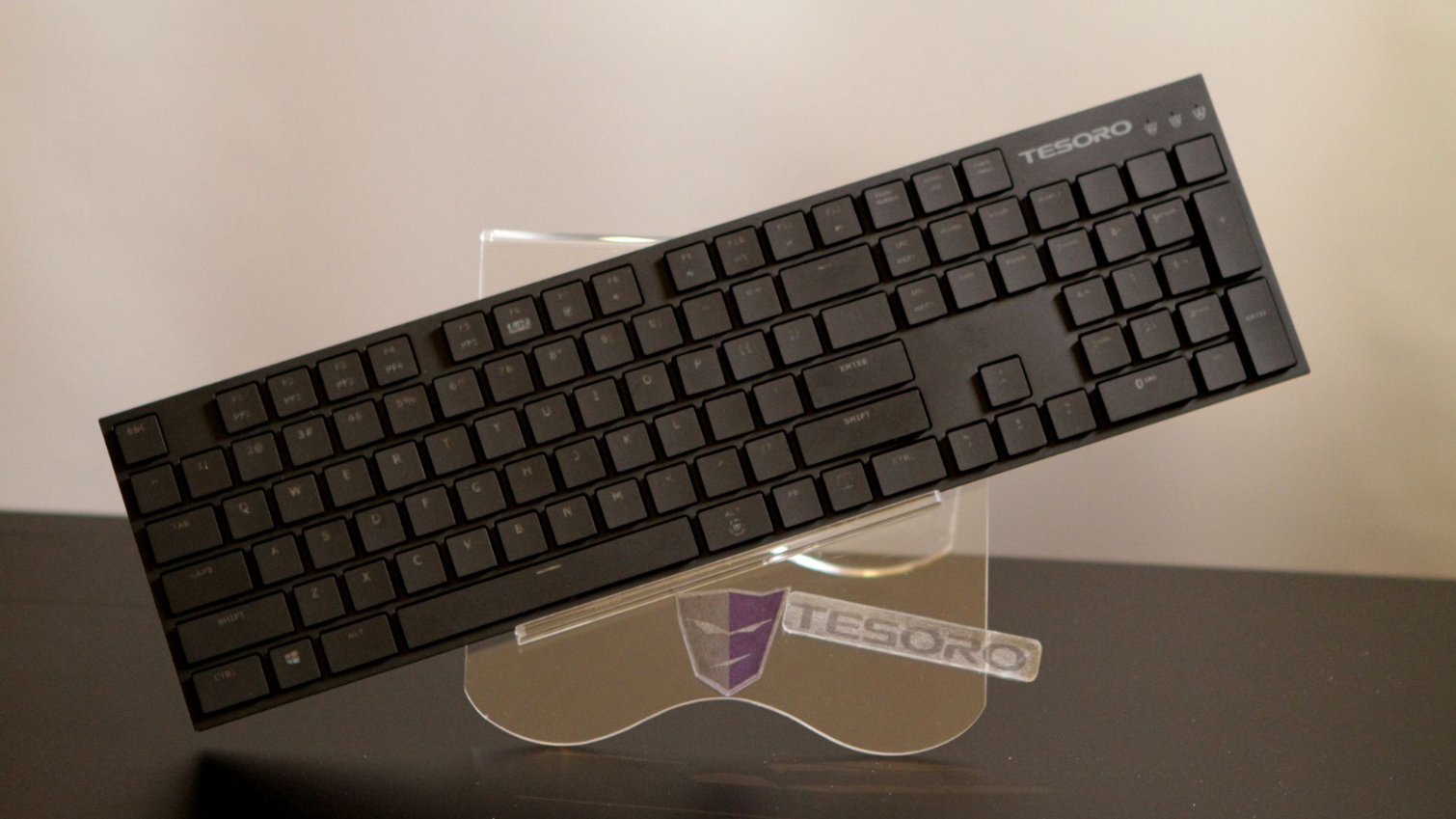
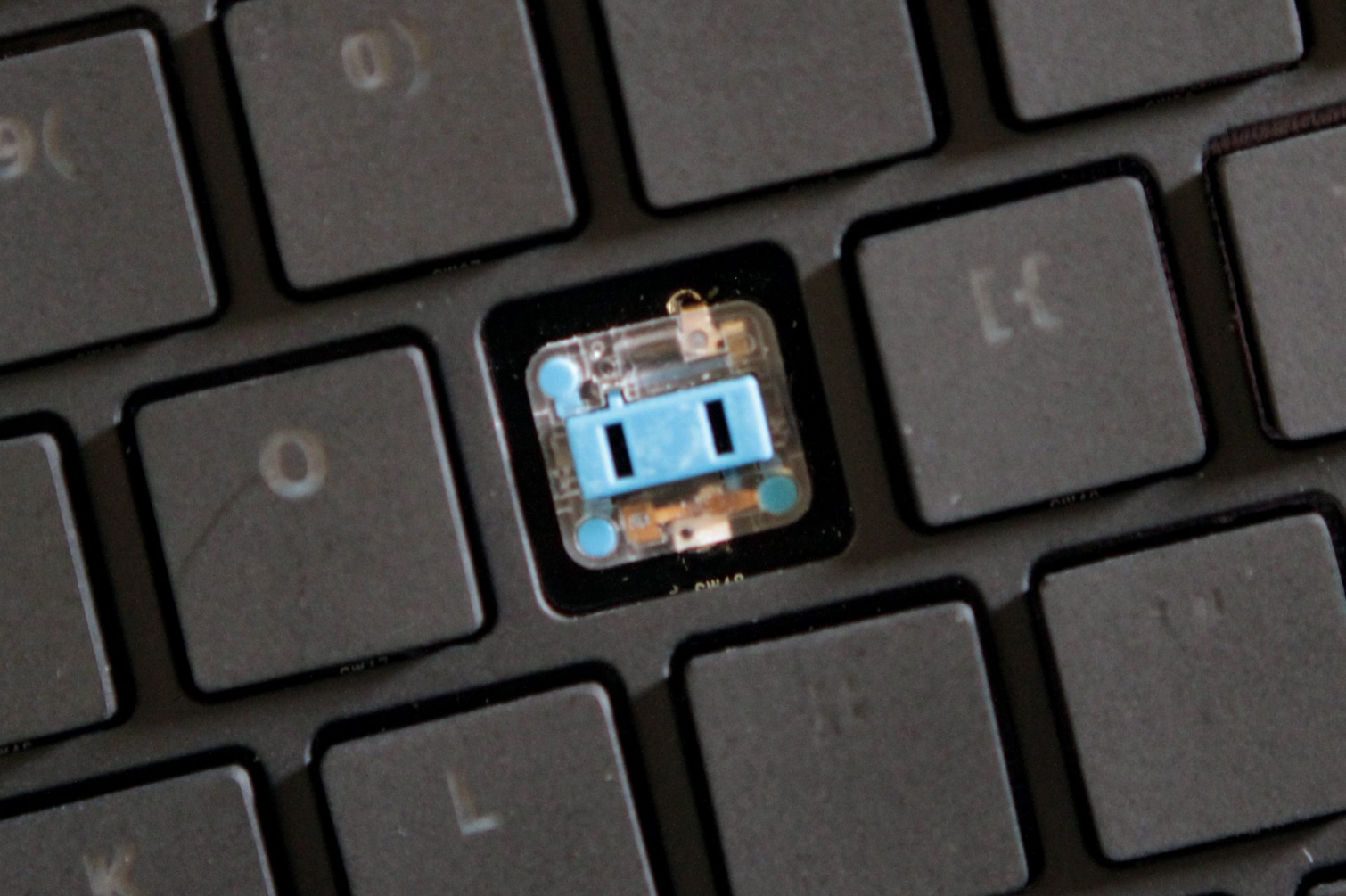


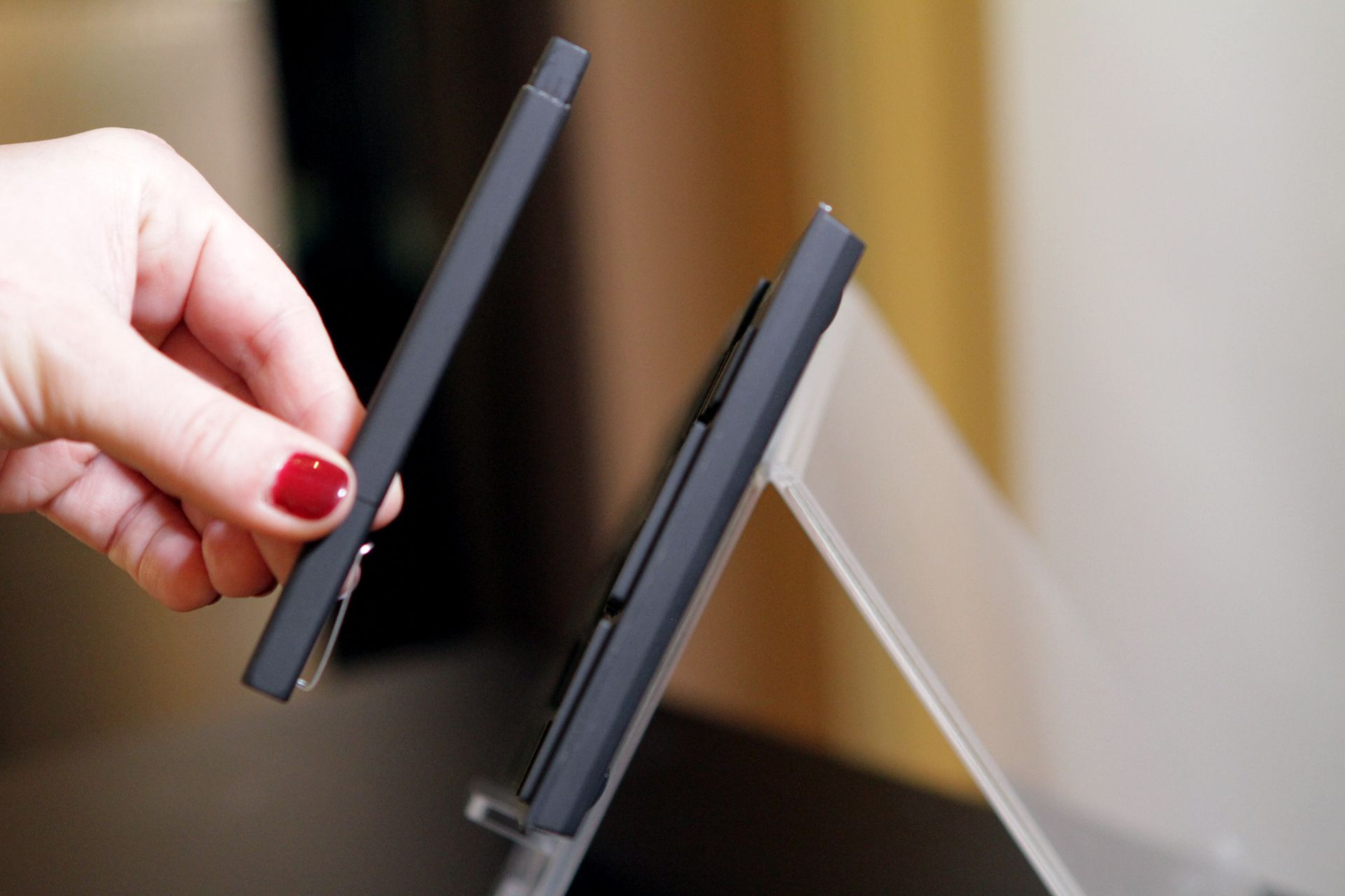
Scissor Switches And Heresy
Laptops and slim keyboards typically employ scissor switches. One could argue that scissor switches are superior to the membrane switch design you find on cheap non-mechanical keyboards, though inferior to real mechanical switches.
As someone who has spent an extraordinary amount of time typing on, tinkering with, and reviewing mechanical keyboards, I’m certainly a proponent of mechanical switches. Mechanical keyboards are undeniably more pleasing to type on and offer more consistent performance than membrane keyboards, but at the risk of sounding like a heretic to the enthusiast mechanical keyboard community: I also really like typing on my laptop’s scissor-switch keyboard.
On its face, I admit this seems absurd. Not only is the underlying switch technology between mechanical keyboards and laptops completely different, everything from the key caps to the actuation point to the total key travel are different.
Desktop mechanical switches have tall key caps; laptops usually have chiclet caps. The actuation point of mechanical switches is usually 2mm, although some are 1.5mm or even less, whereas my laptop switches actuation at almost the very top of the travel--I would estimate at less than 0.5mm. Finally, most mechanical switches have a total travel of 4mm--Topre switches are actually 5mm, and some of the short-travel switches are at 3.5mm--but most laptop switches should offer a total travel of around 1.5-2mm.
Further, there are aspects of my laptop keyboard I would change: I’d prefer just a bit of contour to the key caps instead of totally flat chiclet caps, but mainly I find that off-center key presses sometimes don’t actuate, and they don’t feel quite right under my fingers, either. I do, however, like the shallow travel and lower-profile key caps.
You know what would solve the above problems while meeting my preferred criteria? Low-profile mechanical switches on my laptop. A couple of informal polls of colleagues and strangers tell me that I may be in the minority regarding my enjoyment of typing on a laptop keyboard, but there does seem to be a market for shallow-travel switches and even low-profile key caps--on standard mechanical keyboards, on slim keyboards, and on laptops.
And why not? The industry is obsessed with speed, which is why we’re seeing more of these shallower-travel desktop mechanical keyboard switches, like Cherry MX Speed switches, Tesoro’s low-profile Kailh-made “Agile” switches, and even to an extent Logitech’s Romer-G switches. The switches we’re about to see more of in laptops and slim keyboards is simply the next evolution of the above.
Back To Gamers
Don’t hold your breath waiting for such switches to land on your Ultrabook. In a mobile world obsessed with laptop thinness and lightness, almost any version of a mechanical key switch is going to add unwanted height and, possibly, weight. But gaming laptops, few of which can ever approach the thinness of super-lightweight laptops and 2-in-1s, are the perfect foil.
Gamers demand precise, consistent performance from their switches, and there’s room to install slim switches and low-profiles caps on their gaming laptops.
Although cramming desktop mechanical switches into a big gaming laptop is rather awkward, these new types of mechanical switches should provide laptop makers with something more elegant to work with.
For now, OEMs are experimenting, but if consumers find that they like the various types of shallower mechanical switches on laptops and slim keyboards, expect the feature to become a differentiator in the next product cycle or two.
Update, 1/21/17, 7:51am PT: Added a reference to the newest Razer Blade Pro, which has Razer's low-profile switches on board.
Seth Colaner previously served as News Director at Tom's Hardware. He covered technology news, focusing on keyboards, virtual reality, and wearables.
-
Solandri It's worth noting that laptop keyboards are in fact membrane keyboards. The scissor mechanism just ensures the top of the key remains parallel to the top of the keyboard; they don't provide any tactile feedback. The actually resistance to depression and activation is still done with a membrane dome. On full-sized membrane keyboards the keys are fixed in orientation by vertical pegs. But with thinner laptop keyboards, pegs would not be long enough to keep the keys from tilting appreciably during depression, hence the use of scissors.Reply -
khindjal you're not alone, Seth. i prefer chiclet style keyboards myself, and i imagine it's because i game a lot more than i type.Reply
i am keenly following the ultra-thin mechanical keyboard market and i have my eyes set on the Azio MK-C which hopefully goes on sale soon. it appears to be my ideal keyboard. -
KirbyKirby Maybe not chiclet style, but even on my desktop I do lean toward thin, low key travel keyboards.Reply -
Nintendork Why would you want to play on a tiny 15-17"?Reply
Gaming laptops should be used as small form factor PC's with Monitor, mouse and kb attached to it. -
WallyBear I have to get one of these! I learned on how to type on an Olympia typewriter in 1978. I forgot how relaxing being able to hear what you are typing can beReply
